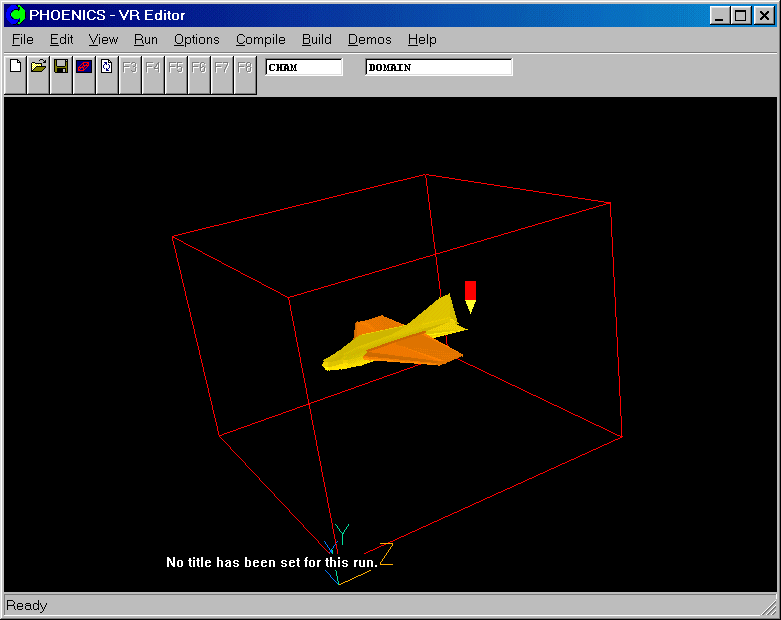
But to keep the same end date, the project team will need additional resources, which will affect the cost and make the project go over its budget. This change in scope affects the schedule, which is in danger of missing the end date. But as the project proceeds, the scope expands because of scope creep. From this schedule, the project manager calculates the cost of resources and other expenses needed, then comes up with the equivalent total project budget that the project manager asks the project sponsor for approval. These three interdependent constraints are inherent in every project, and any adjustment in one affects the other two as well as the quality of the project and final deliverable.įor example, based on a defined project scope, the project manager creates a schedule with a projected end date where the project team produces the final deliverable. Also, a project operates within certain boundaries or constraints, which mainly are scope, time, and cost. It is a unique activity that produces something new. Triple constraint conceptĮvery project has basic characteristics. A project has boundaries and foremost of these is the iron triangle, also called the triple constraints or the project management triangle.
AC3D CONSTRAIN TO TRIANGLE FULL
But in the real world, this path is full of project constraints, challenges, risks, and roadblocks. Project management provides the guidance, controls, and best practices to ensure that a project starts, moves, and ends on a path of success to deliver that outcome with an acceptable quality.

Use the project management triangle to your advantageĪ project allows a team, a company, or any organization attain a certain favorable outcome.The iron triangle as a project management tool.Best Project Management Huts & Articles for 2023.Best Human Resources Management Software.




 0 kommentar(er)
0 kommentar(er)
